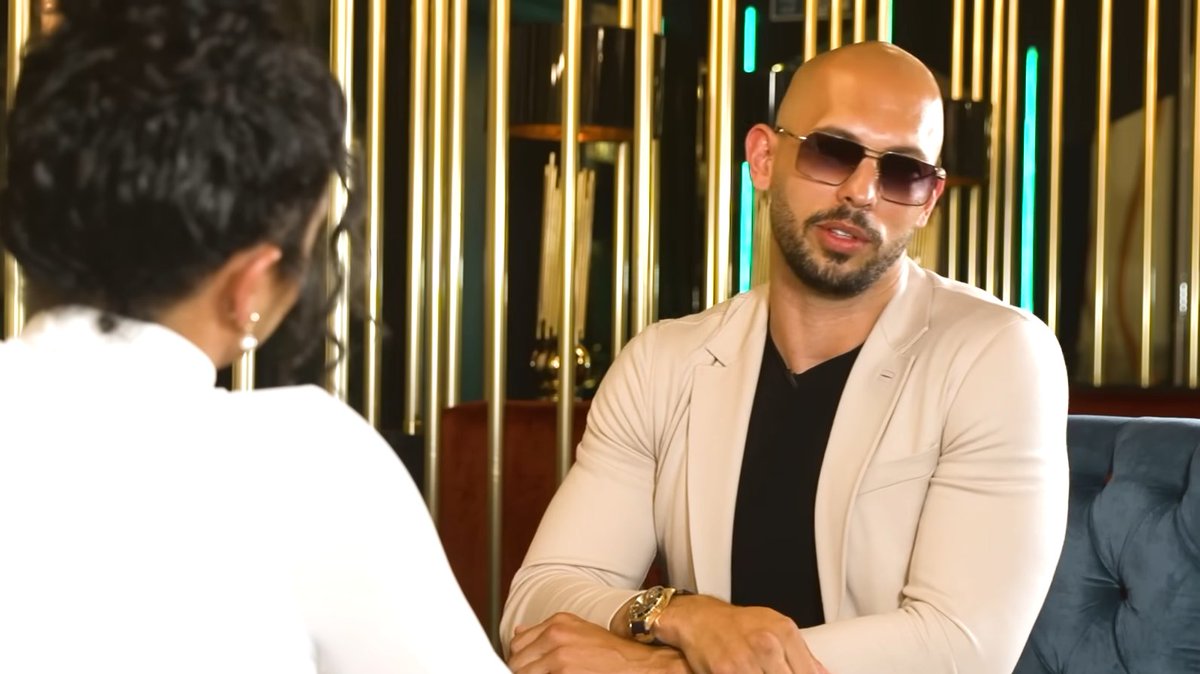
it's weird to me that Andrew Tate markets himself as a defender of traditional masculinity but dresses like an early 2000s "metrosexual" gay dude 

i feel like we've totally forgotten how gays and hipsters pushed back against gender stereotypes of the 90s by wearing super slim pants and were ridiculed for being effeminate. this was a "gay" look in the early 2000s. 



some people have taken this as some kind of weird jab at tate's sexuality, which it is not. there's nothing wrong with dressing in a non-heteronormative manner. i just find it weird to build your brand around heteronormativity but dress in an early 2000s metrosexual style
people interested in reading more about this can check out this post I wrote about how a lot of gay fashion goes mainstream.
putthison.com/straight-copyi…
putthison.com/straight-copyi…
• • •
Missing some Tweet in this thread? You can try to
force a refresh



















